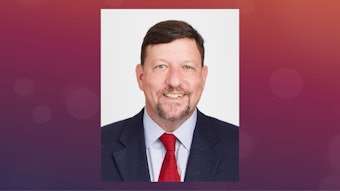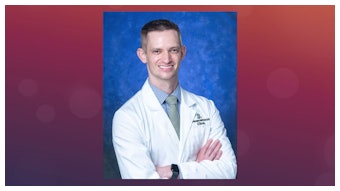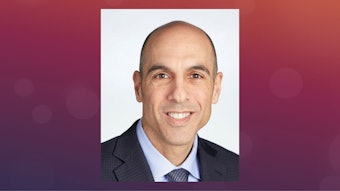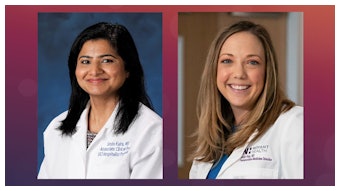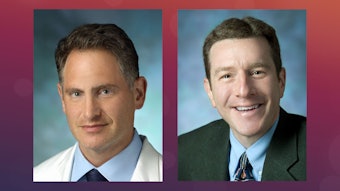Moving from concept to practical
Panel explores actionable steps to achieve operational performance.

SHM Converge 2025 is blending critical and emerging concepts in hospital operations with practical tools and programmatic approaches. It’s newest Advanced Learning Course, “Throughput, Capacity, Workloads, Oh My! Leading with Evidence” will tackle hot topics, such as administrative harm, evidence-based work design, and data-driven strategies to optimize patient throughput, care outcomes, and team performance.
Marisha Burden, MD, MBA, FACP, SFHM, and Himali Weerahandi, MD, MPH, will lead the session designed to share a unique blend of didactics, collaborative exercises, and rapid-fire TED-style talks with health care leaders responsible for improving throughput and capacity. Dr. Burden is a professor of medicine at the University of Colorado School of Medicine in Aurora. Dr. Weerahandi is an associate professor of medicine at the University of California San Francisco (UCSF) School of Medicine.
Much of the session will be devoted to debunking myths for improving workflow efficiency, reducing administrative burdens, and enhancing both the patient and clinician experience, Dr. Burden said. The session will also feature speakers Masoud Kamalahmadi, PhD, an assistant professor of management science at the University of Miami Herbert Business School, and Brandon Scott, MD, MBA, assistant clinical professor of medicine at the UCSF School of Medicine.
Dr. Burden emphasized the session’s aim to tackle common misconceptions in hospital throughput and capacity management, “Through a deep dive into the literature, we will equip participants with evidence-based insights for smarter capacity and patient flow management.”
Drs. Burden and Weerahandi offered several examples ahead of the session. One widely held myth they will dive into during the course is that discharge before noon helps with hospital throughput. Contrary to that long-held opinion, discharge before noon metrics can be misleading and potentially lead to harm.
“Fixating on an arbitrary target may not actually achieve organizational goals and may even create harm through rework or rushed discharges,” Dr. Weerahandi said.
Another common misconception is that 85% capacity is always the optimal target for hospitals. In reality, optimal hospital capacity depends on the type of hospital, patient acuity, and workflow predictability.
Some hospital leaders believe that secure chat improves efficiency and communication. However, high levels of secure message use may have implications for patient safety and clinician burnout. Similarly, adding more physicians does not necessarily negatively impact the bottom line due to increased costs.
“Assuming that appropriate staffing will only increase costs ignores the fact that optimal work design can lead to improved patient throughput, lower burnout, and better care quality, all of which can ultimately enhance a hospital’s financial and operational performance,” Dr, Burden said.
Overcoming or mitigating administrative harm will be an important part of the session discussion. According to Dr. Burden, administrative harm occurs when administrative decisions “negatively impact patient care, professional practice, or the efficiency of healthcare organizations.” Dr. Weerahandi added that research has identified strategies to mitigate administrative harm, such as measuring and providing frequent feedback on administrative decisions and correcting administrative decisions identified as harmful.
“In this session, we will explore these strategies, share real-world experiences, and build upon best practices to equip participants with a practical toolkit for reducing administrative harm and improving organizational outcomes,” Dr. Weerahandi said.
Similarly, the session will evaluate how to identify and eliminate non-evidence-based practices and apply novel, data-driven approaches to manage workloads and capacity effectively. The first step, Dr. Burden said, is to build and share evidence to drive informed decision-making. This includes looking at novel data sources — including electronic health record (EHR) use data and operational/business case analyses — to uncover actionable insights to optimize workloads, improve efficiency, and enhance overall system performance.
Drs. Burden and Weerahandi underscored the importance of designing an optimal workflow to achieve efficiency and patient flow. Although evidence-based practices for optimal work design remain limited, this session will highlight the latest evidence, innovative strategies, and best practices on how work processes, structures, and environments can optimize and enhance patient flow, throughput, and overall system performance.
“By integrating workflow design into throughput initiatives, we can create more efficient, sustainable, and effective hospital operations,” Dr. Burden said.
Visit SHM Meeting News Central for more coverage.


